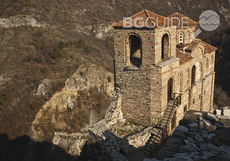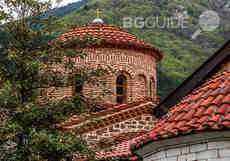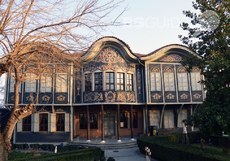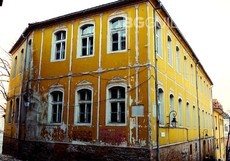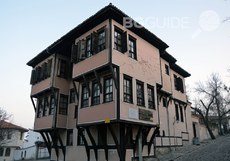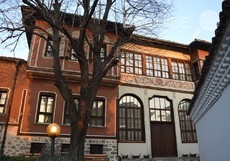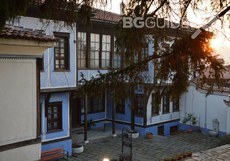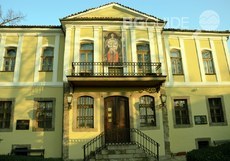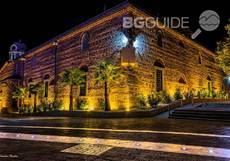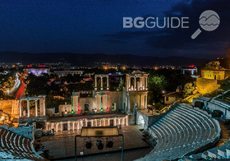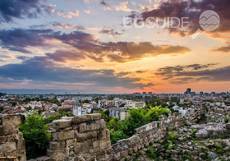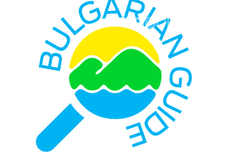Splendid, enigmatic, antiquity- those are just a few of the worthy adjectives that the city of Plovdiv has earned. With such a rich history, it easily ranks among the oldest cities in Europe. In the global ranking of “Continuously inhabited oldest cities in the world” it occupies the fifth position and at the Old Continent – Plovdiv ranks on top. Although, the time of its establishment is obscure (there are certain settlement traces dating back to the Iron Age) it is certain that the city’s more ancient than Rome, Athens and Constantinople and there are quite a few carriers of Thracian cultural heritage - the most ancient inhabitants of the Balkan Peninsula according to written historical records. The Thracian name of the city was Eumolpias. Later on - in the 4th century BC - Philip II of Macedon renamed the city Philippoupolis after himself - still a very popular name of the city. It flourished during the rise of the Roman and Byzantine empires, and served as metropolis of the Roman province of Thrace. There’s another title of the city that dates from that time - Trimontium (City of three hills). The excavations uncover remains of multiple and once truly majestic buildings - stadium, amphitheater, forum, walls and many more. To a great extent the city remained intact during the rule of the Ottoman Empire and reached a boom during the National Revival. Today, remains of all those historical periods - Antiquity, Middle Ages, Renaissance and contemporary culture are intertwined and give the eternal city a unique appeal. A large number of extremely valuable monuments are preserved here.
The best-known place here and a guardian of its greatest historical heritage remains undoubtedly the Ancient Theatre. Built in the end of the 1st and the beginning of the 2nd century AD during the reign of the Roman Emperor Trayan, it was among the main public buildings of Philippopolis and served as a scene for theatrical performances, gladiator fights and hunting games. Actively used till the 5th century AD, it accommodates up to 6 000 spectators. Many cultural events are still held on the scene of the ancient theatre.
The ancient seat of the city council – the Forum complex with the Odeon- is the largest one in Bulgaria today. Thousand years ago as well as nowadays it is used for music, theater and literary events. The Ancient stadium could seat up to 30 000 spectators of various athletic competitions, gladiator and animal fights. Its northern sector and the adjacent fortification walls can be seen in the city center, to the Dzhumayata Square.
Visitors and quests may enjoy an enchanting walk in time and visit the archaeological complex of Nebettepe, Hissar Kapiya, the Clock Tower at Sahattepe, the numerous houses with preserved authentic appearance, museums, temples and take away the unique atmosphere of the one and only in their hearts - the thousand-year-old City .
